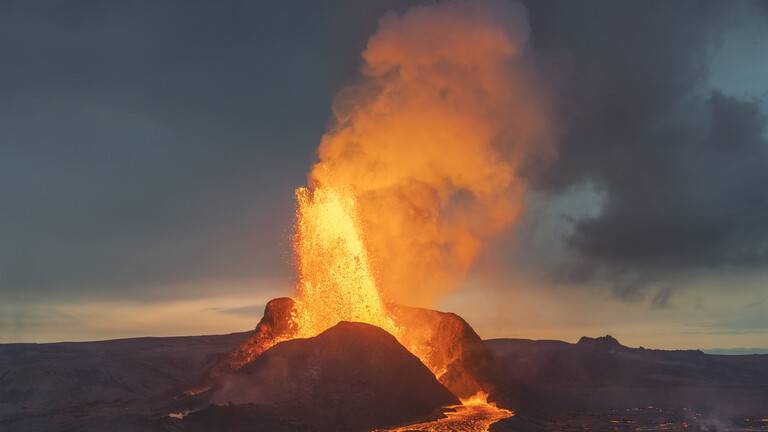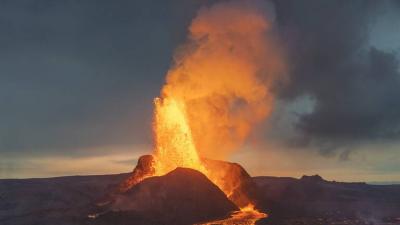Earth's history is marked by major volcanic eruptions, some of which have led to climatic and biological upheavals resulting in some of the most devastating extinction events in Earth's history. Scientists are now shedding light on the timing and potential causes of these events that occurred millions of years ago. A new study conducted by Trinity College Dublin revealed that the slowdown of continental plate movement was a critical event that allowed magma to rise to the Earth's surface and cause destructive effects. This surprising discovery is based on chemical data from ancient claystone deposits obtained by scientists from a mile-deep borehole in Wales.
The lead author of the study, Dr. Misha Rohl, from Trinity College Dublin, stated, "Scientists have long believed that the onset of the rise of molten volcanic rock, or magma, from deep within the Earth, like mantle plumes, was the trigger for such volcanic activity." However, new evidence indicates that the natural rate of continental plate movement of several centimeters per year effectively prevents magma from penetrating the Earth’s continental crust. It seems that only when the speed of continental plate movement slows to nearly zero can magma from mantle plumes effectively make its way to the surface, causing large volcanic eruptions in hotspot regions and associated climatic disruptions and mass extinctions.
The largest volcanoes in the world are located in areas called Large Igneous Provinces (LIPs), which include the Siberian Traps in Russia, covering more than 500,000 square miles and representing around a million years of epic volcanic activity. The largest volcanic eruptions caused significant increases in carbon emissions in the atmosphere, leading to global warming, unprecedented changes in ecosystems, and mass extinctions on land and in the oceans.
The international team of scientists involved in this study linked two major events that occurred during the Toarcian period (which is the fourth stage of the Early Jurassic), around 183 million years ago. This time period was characterized by some of the most severe climatic and environmental changes ever recorded, directly coinciding with major volcanic activity and related greenhouse gas emissions in the Southern Hemisphere. Computer models of reconstruction indicated that the slowdown of continental plate movement was the fundamental geological process that appeared to control the timing and onset of this volcanic event and other major occurrences.
Crucially, further assessment shows that the decline in continental plate movement is likely to have governed the onset and duration of many major volcanic events throughout Earth’s history, making it a key process in controlling the evolution of climate and life on the Earth's surface throughout the planet's history, according to Dr. Rohl.
Over the past 600 million years, there have been five major mass extinction events. While some have been well studied, others remain more obscure. The first three extinctions occurred near the end of the Ordovician period (around 445 million years ago), the end of the Devonian period (385 to 359 million years ago), and the end of the Permian period (around 252 million years ago). The most devastating of these events was the end of the Permian period, which wiped out about 96% of all marine species and around 70% of all known species on Earth.
The massive volcanic eruptions occurred on an unprecedented scale, with other effects including a runaway greenhouse effect caused by the release of methane from seabed craters. Recovery took around 10 million years. The extinction at the end of the Triassic period, around 201 million years ago, primarily affected marine life, leading to the extinction of a third of marine species, as well as some groups of reptiles on land. Another mass extinction occurred 66 million years ago when a city-sized asteroid struck the Gulf of Mexico, killing the dinosaurs.
This study helps differentiate between the various processes that govern changes in the global carbon cycle and tipping points in Earth's climatic system. It may have implications today, as the sixth mass extinction is already thought to be underway due to human-induced global warming.




